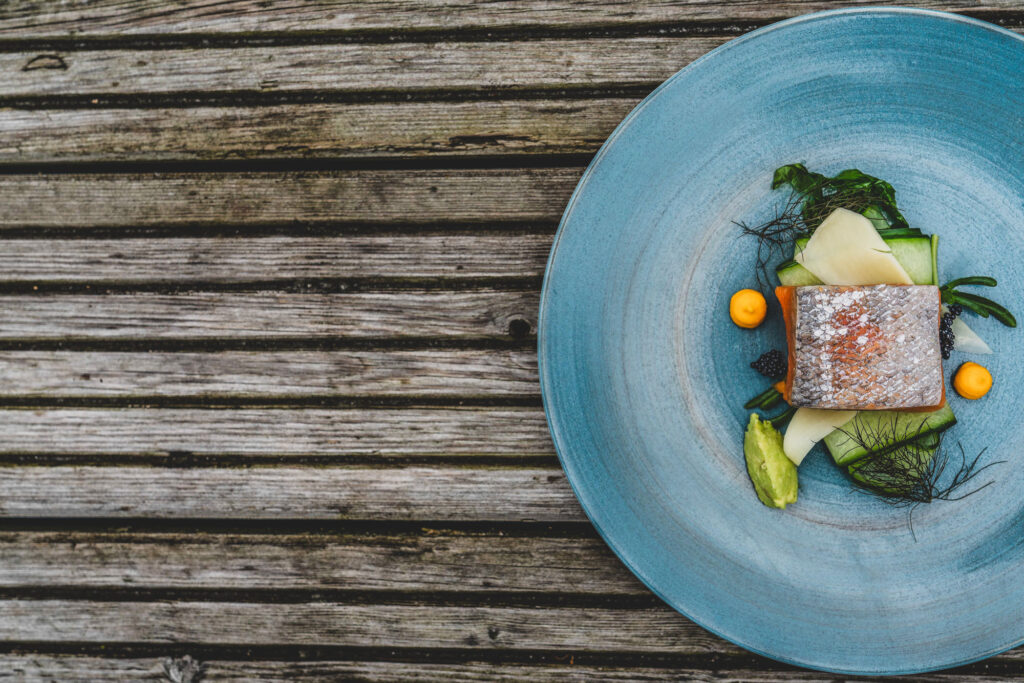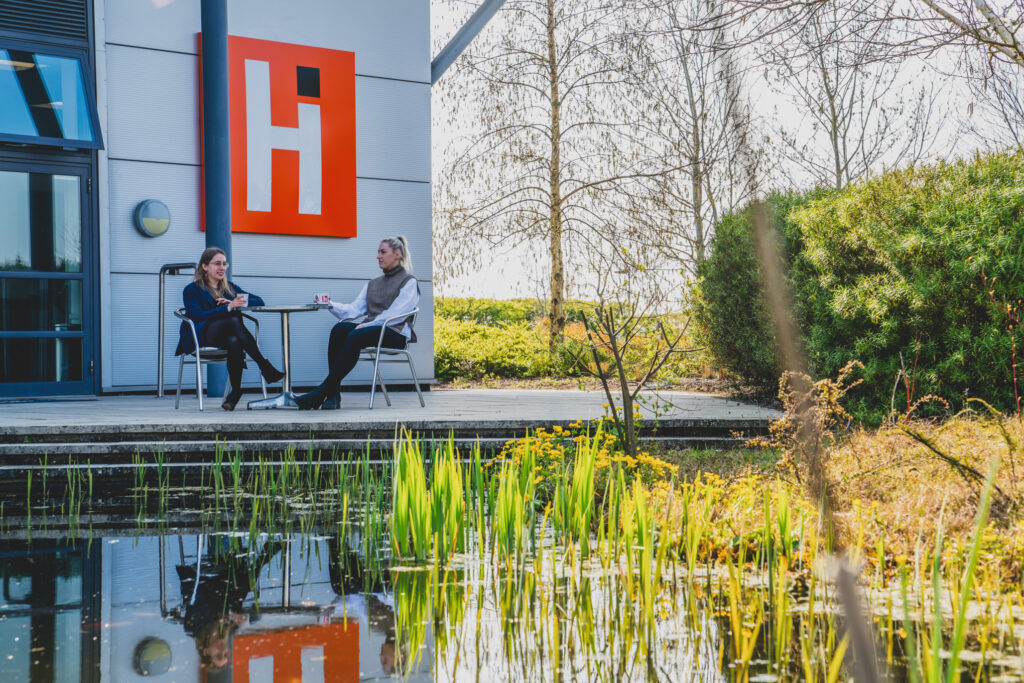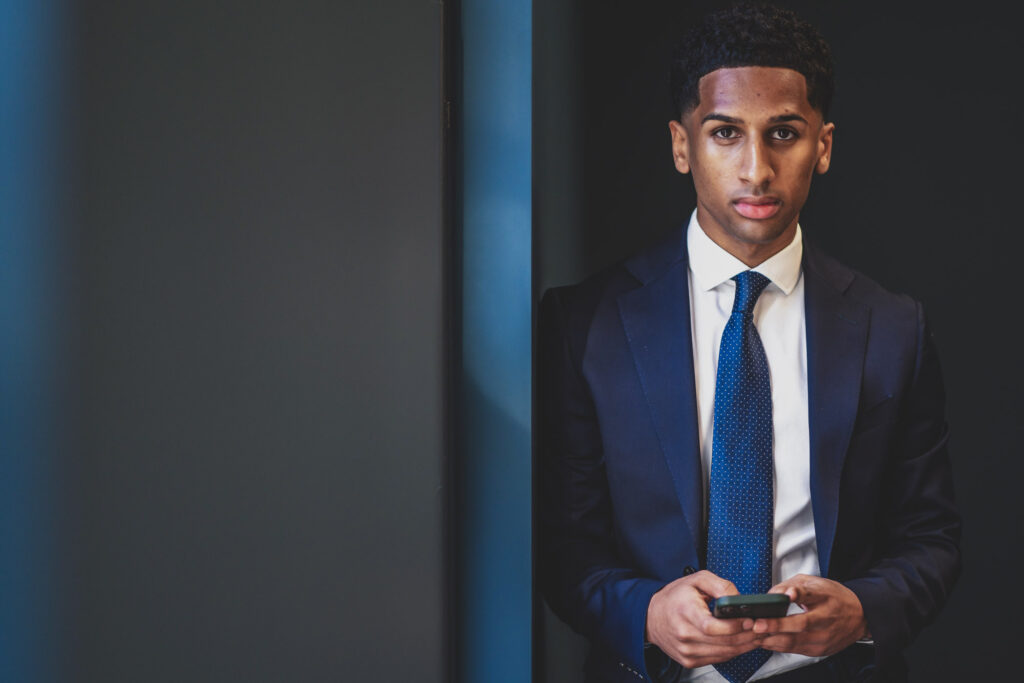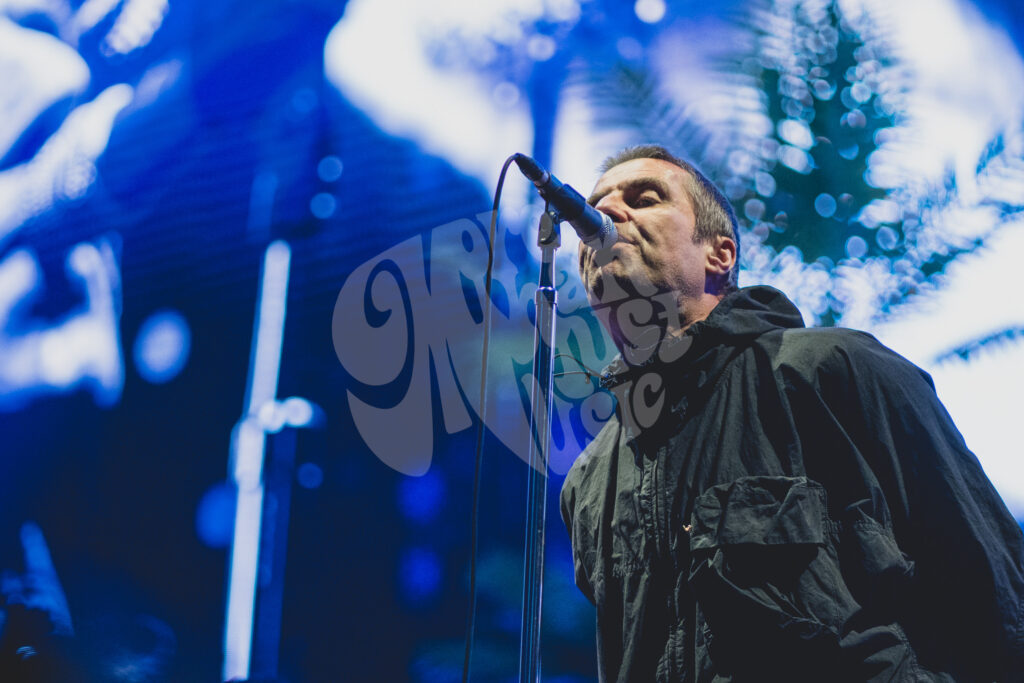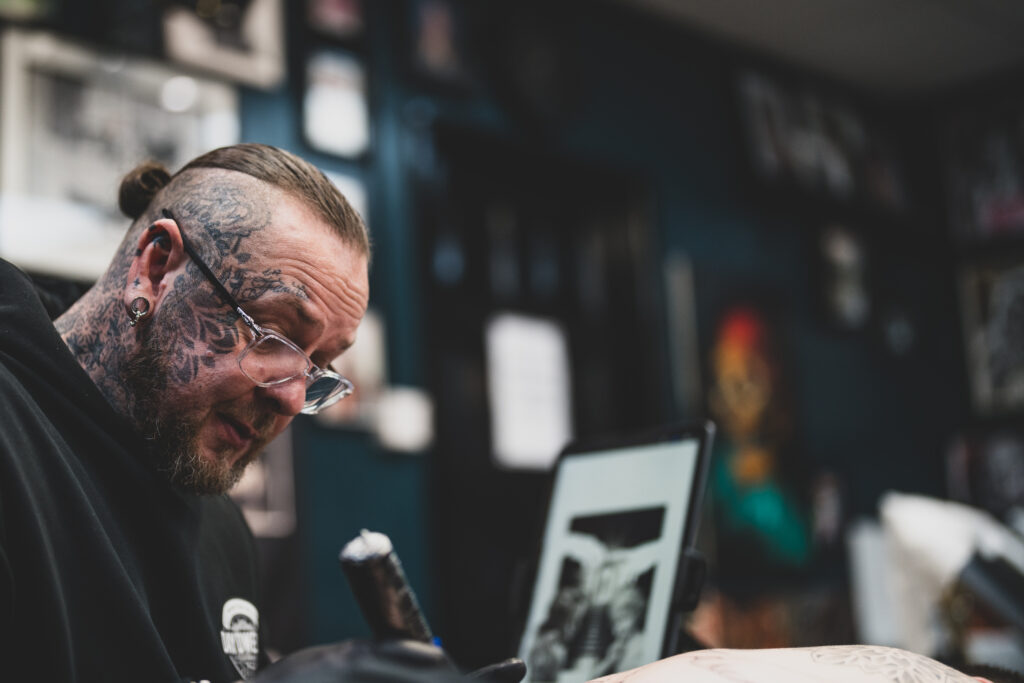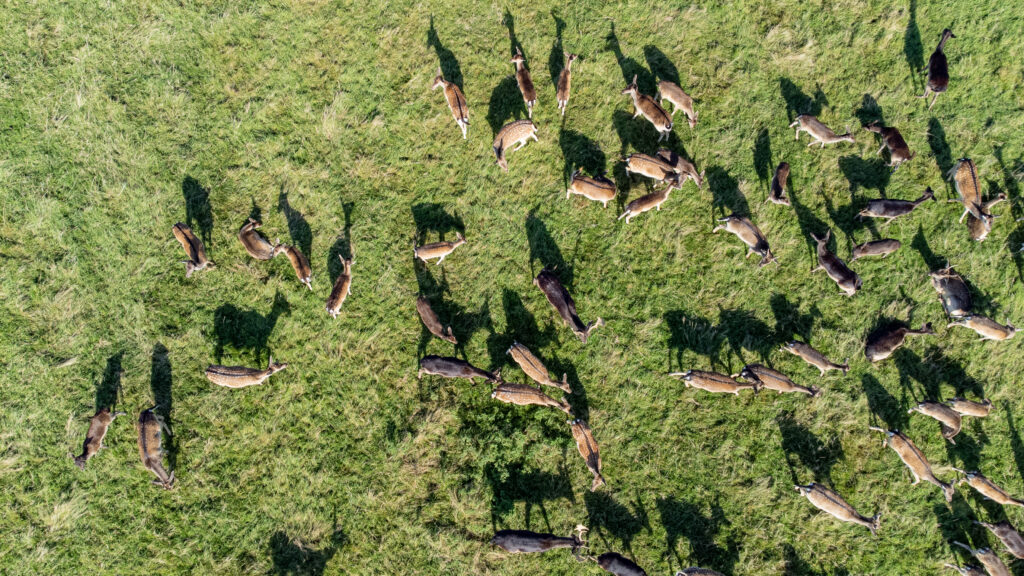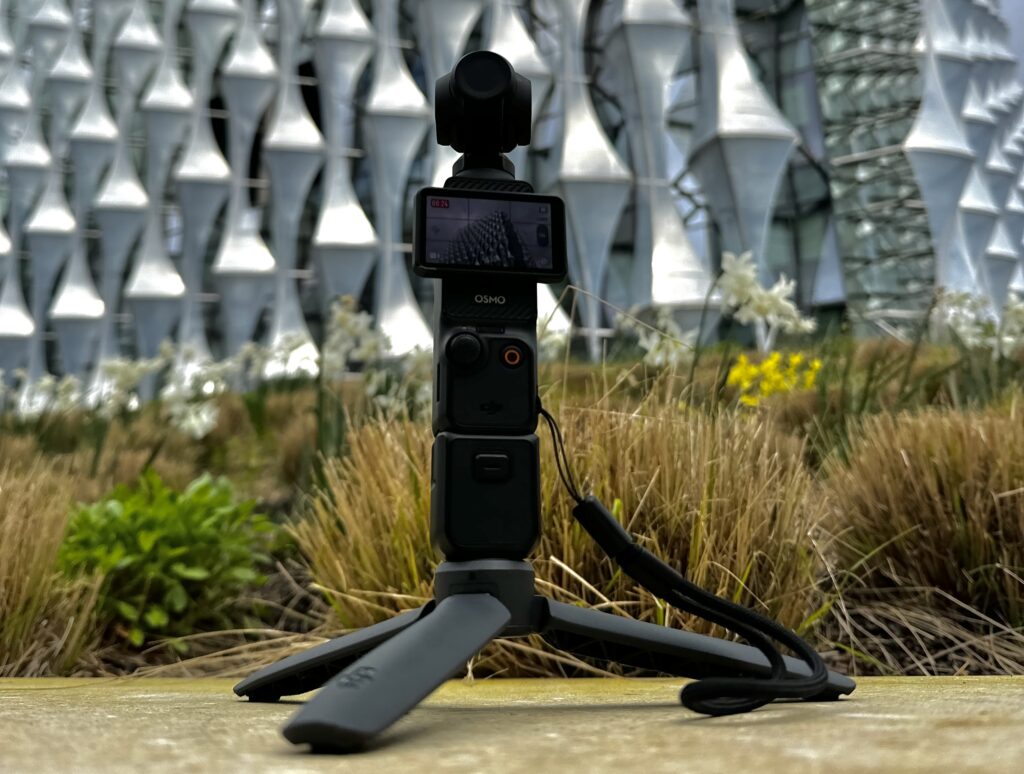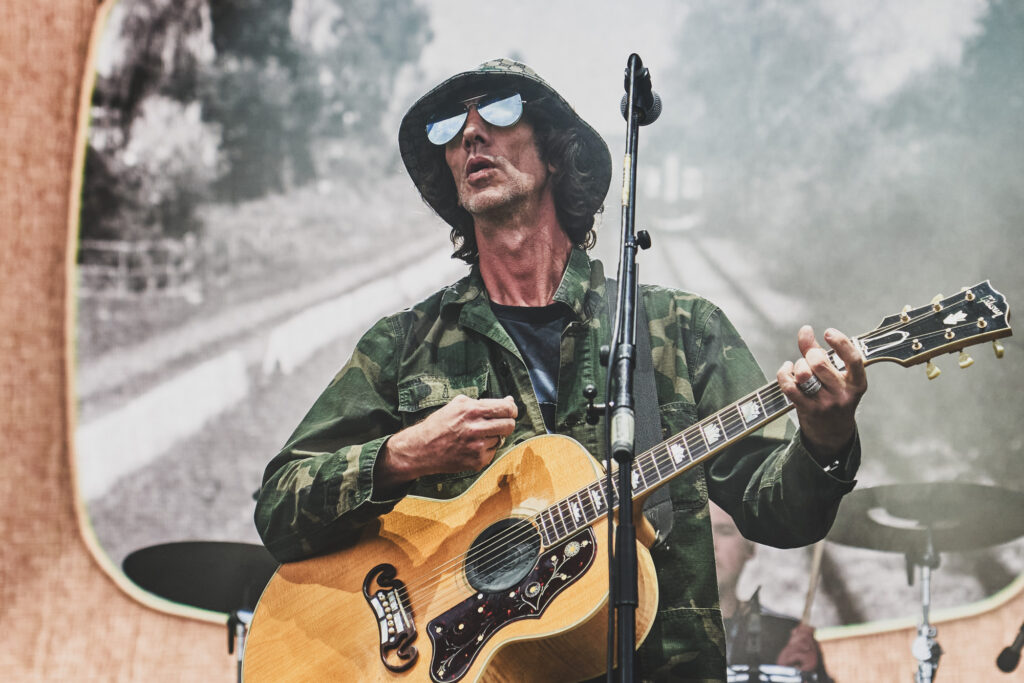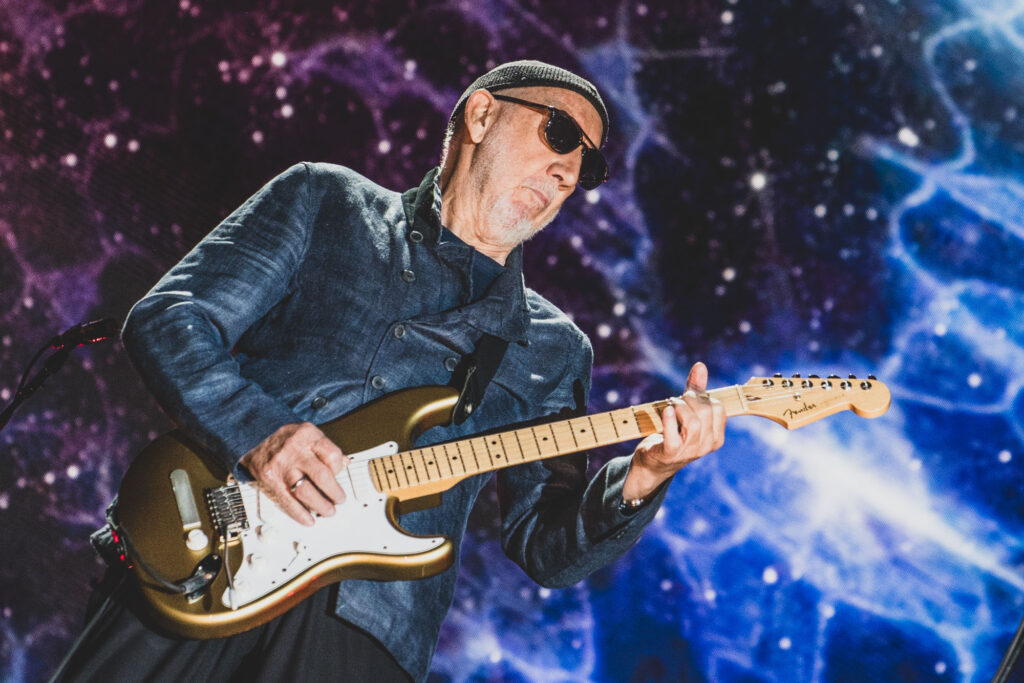What is Commercial Photography. It’s not all advertising
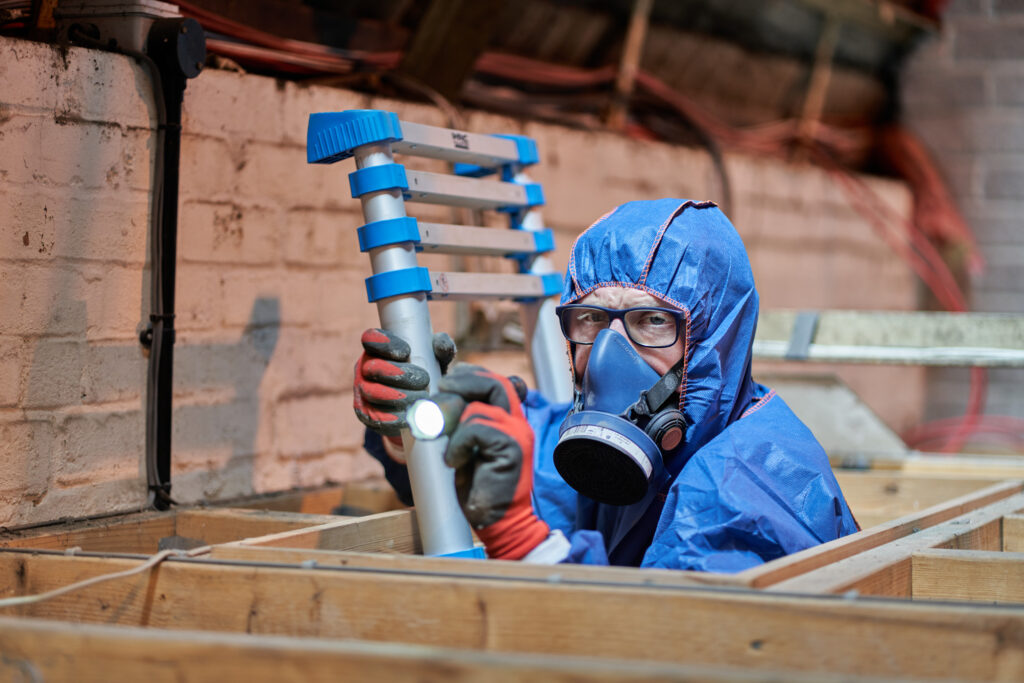
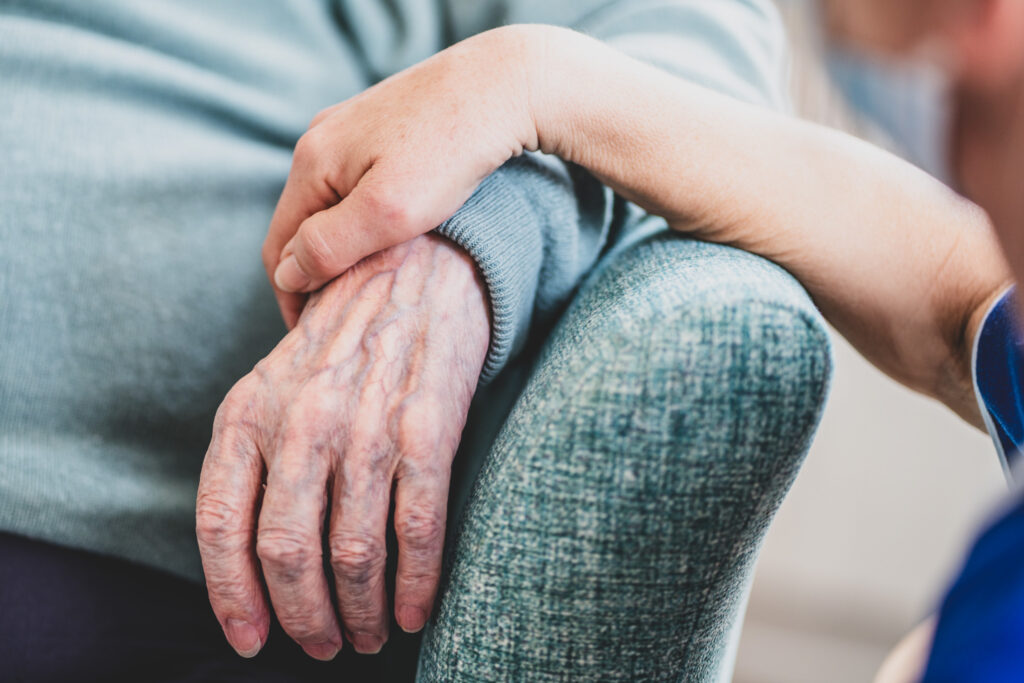
By its very nature, commercial photography can be vast.
Commercial photography is often confused with advertising photography, but there are some big key differences. I’ve been running a Norwich Commercial Photography Business called Blanc Creative for the past twelve years and we’ve often helped our clients to differentiate between what they need for their business and what they thought they needed.
The lines between advertising imagery and commercial image often join somewhere and to be fair, Commercial photography and Commercial Video Production follow the same paths, except one has moving image, the other is static.
So, Commercial Photography focuses on capturing a product or service in a single moment, showcasing its features and details. In contrast, advertising photography aims to showcase an idea or an emotion. Advertising imagery paints a picture through story-telling story that relates to the product or lifestyle.
Commercial Photography Definition explained
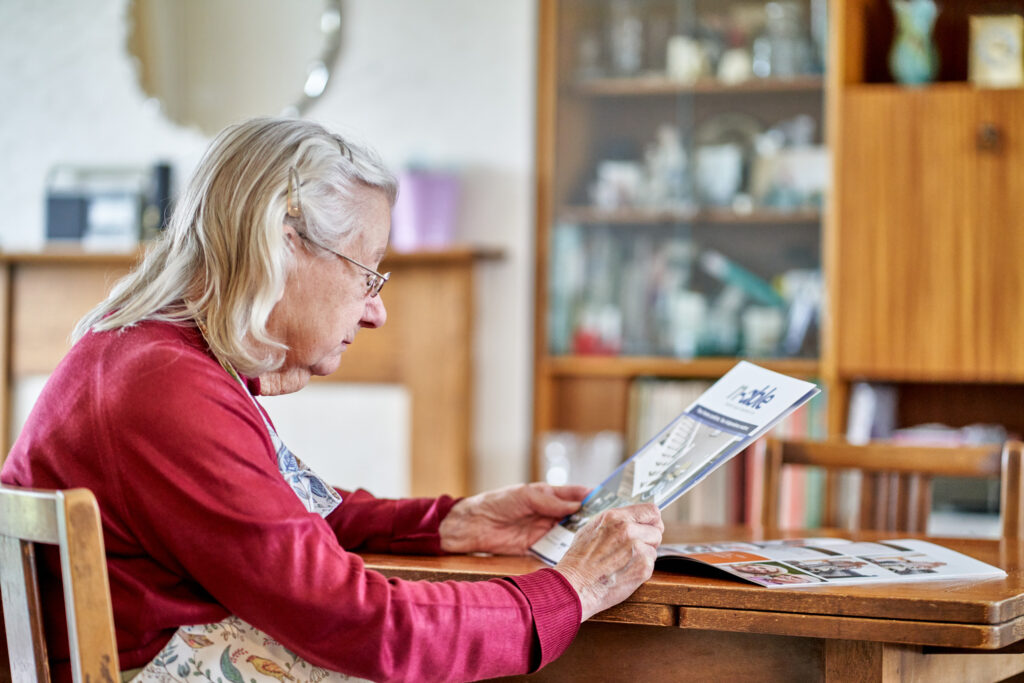
Commercial Photography covers a really diverse range of genres, that pretty much scale every conceivable business sector.
We’ve broken down some of these and it’s pretty much guaranteed, that some of these are going to resonate with your own business and how you use commercial photography in an age where image has never been so important.
But before we start, these figures may just convince you of the power that imagery has in 2024.
Statistics on the Use of Commercial Photographs
Social Media Engagement:
Posts with images produce 650% higher engagement than text-only posts on social media platforms like Facebook and Twitter (HubSpot).
Instagram, a platform centered around photo-sharing, has over 2 billion active users as of 2024, showcasing the immense reach of visual content (Statista).
E-commerce Impact:
75% of online shoppers rely on product photos when deciding on a potential purchase (BigCommerce).
E-commerce websites with high-quality product photos have seen up to a 30% increase in conversion rates (Shopify).
Marketing and Advertising:
Visual content is 40 times more likely to get shared on social media than other types of content (Buffer).
80% of marketers use visual assets in their social media marketing (Social Media Examiner).
Brand Perception:
Businesses that use professional photos see a 45% increase in perceived trustworthiness (Forbes).
Companies with compelling visual content experience 12% faster growth than those without (Content Marketing Institute).
If there was ever a time to invest in commercial photography, then you may be very wise to think about doing so ‘Now’ because bespoke commercial photography will definitely engage your audience. But Why?
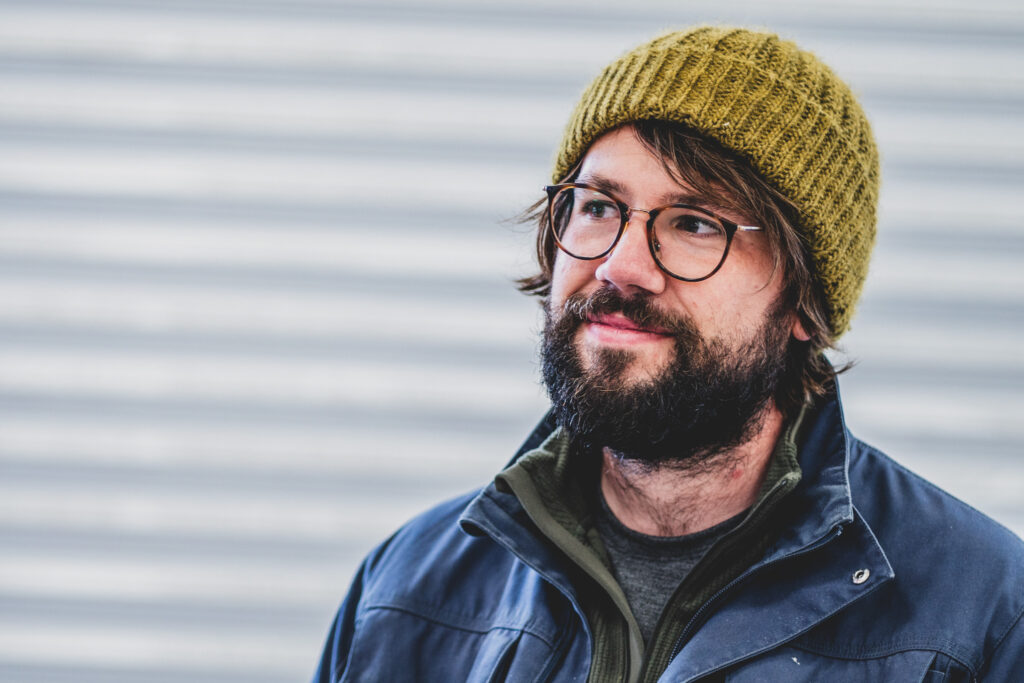

Increased Engagement with Bespoke Images
Enhanced Visual Appeal:
Custom, high-quality images attract more attention and hold viewers’ interest longer than generic stock photos. Bespoke images are tailored to fit the brand’s aesthetic and message, making the website more visually appealing.
Improved User Experience:
Websites with bespoke images provide a more engaging and pleasant user experience. Personalized visuals can guide the user through the site more effectively, increasing the likelihood that they will spend more time exploring.
Higher Trust and Credibility:
Users are more likely to trust and spend time on websites that feature authentic, original images. According to a survey by BrightLocal, 60% of consumers are more likely to consider or contact a business that has images in their local search results.
Better Storytelling:
Bespoke images help tell the brand’s unique story, making content more relatable and memorable. This emotional connection can lead to longer site visits as users become more engaged with the brand narrative.
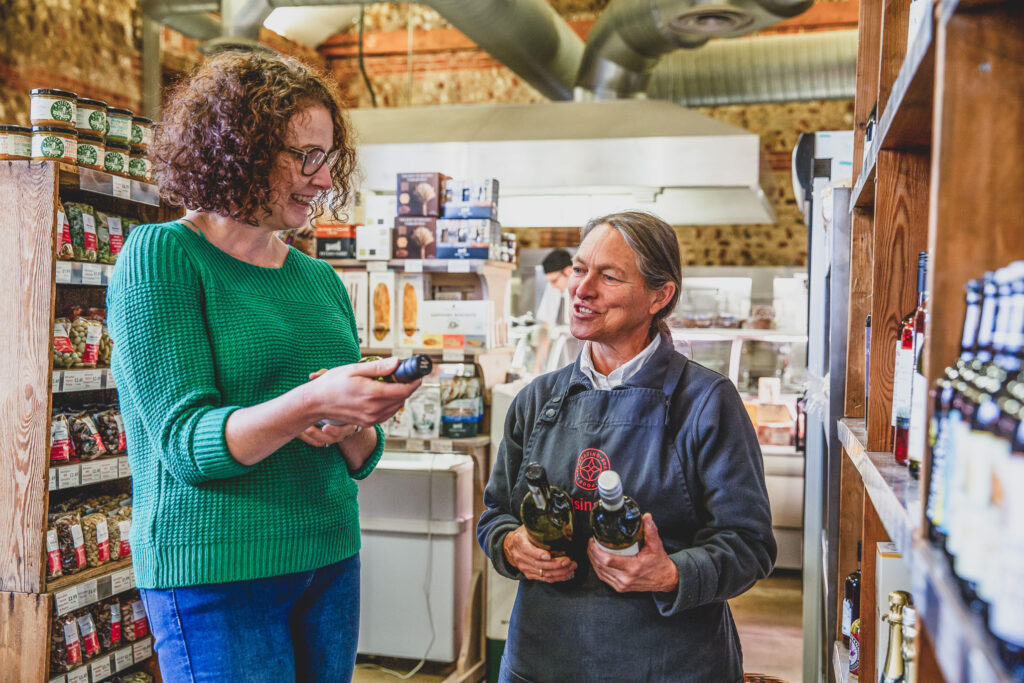
Increased Interaction:
Custom images often lead to higher interaction rates. Studies have shown that content with relevant images gets 94% more views than content without relevant images (Skyword). This increased interaction can translate to longer time spent on the site.
A few more statistics about Commercial Photography
Engagement Boost: According to a report by MDG Advertising, 67% of consumers say the quality of a product image is “very important” in selecting and purchasing a product. Websites with high-quality, bespoke images are more likely to engage users, leading to longer visit durations.
Bounce Rate Reduction: Websites with bespoke images tend to have lower bounce rates. A lower bounce rate indicates that visitors are spending more time on the site. Research from Adobe shows that 39% of people will stop engaging with a website if images don’t load or take too long to load, highlighting the importance of high-quality, optimized images.
Conversion Rates: Custom images can increase conversion rates. Eye-tracking studies have shown that users pay close attention to images that are relevant to the content. Websites with bespoke images see higher conversion rates because these images are more effective at holding attention and guiding users towards a call to action.
Key Genres of Commercial Photography
Product Photography
This genre is the most straightforward form of commercial photography, involving the capture of detailed and appealing photos of products. The primary focus is on the product itself, ensuring its best features are prominently highlighted to attract potential customers.
Essential elements such as good lighting and a clean background play a crucial role in making the product stand out. By emphasizing the product’s quality and unique attributes through clear and professional imagery, this type of photography effectively communicates the product’s value to the viewer, driving engagement and interest.

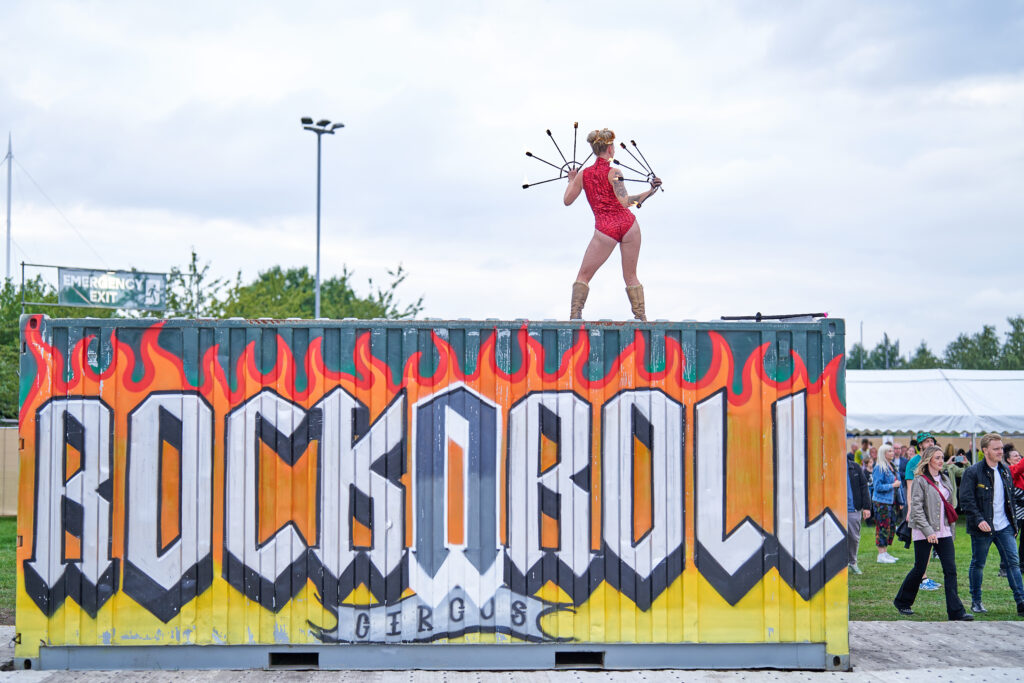
Food Photography
At Blanc Creative, we’ve built a huge portfolio of Norwich Food photography and worked with restaurants, pubs and hotels across the UK, documenting the most amazing Food Photography, using natural lighting.
Food Photography is a common subset of commercial photography. These images are used for menus, culinary magazines, and advertisements although here, the lines blur slightly between commercial and advertising.)
The key is to make the food look as appetising as possible without exaggerating its appearance.
We shoot our food photography naturally. there’s no gimmicks, no painting food, no using glue or other inedible substances. We shoot realistically, appealingly. and setting the right expectations for customers.

Business Promotion
Commercial photography is also important for promoting businesses.
This includes taking pictures of business locations, company leaders, and employees.
So here, we blurt the lines into marketing, headshots, portraits and people, so there’;s a slight overlap.
These photos are often used in business materials including tender, brochures, proposals, team-sheets and much more. However, shooting inside production plants and factories, sits much more in the Industrial Photography genre.
Fashion Photography
Fashion photography is a well-known genre of commercial photography. It involves capturing images of clothing on models.
There are two main styles: catalog photography, which focuses on the details of the clothing, and dynamic shots, which show the clothing in action.
Fashion photography also includes professional hairdressing photography, which the Blanc Curative Team are especially adept at creating. Our hair photography has supported multiple salons to secure places in the finals of the famous Loreal Colour Trophy Competition.
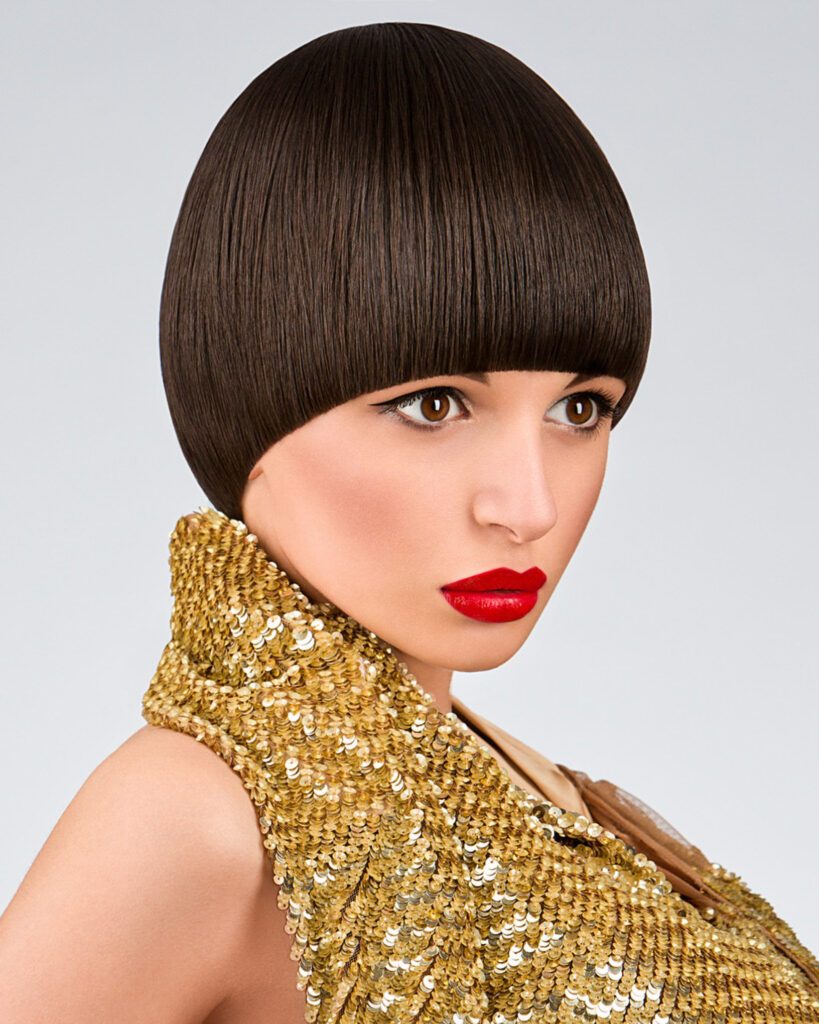
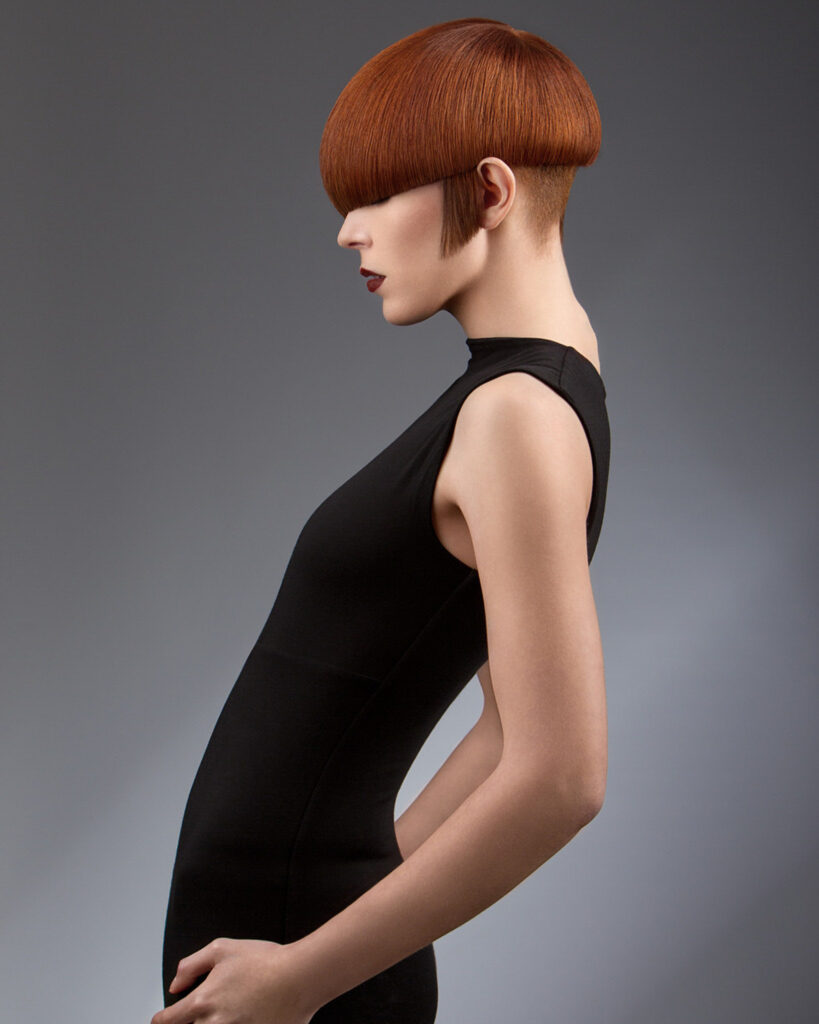
Portrait Photography
One of biggest areas for our business is capturing high quality portraits for every possible type of company or business. You may not beleive this, but we’ve listed ten separate types of portraits that are common in commercial photography.
Portrait photography can take many forms, each serving different purposes for a variety of businesses. Here are some examples:
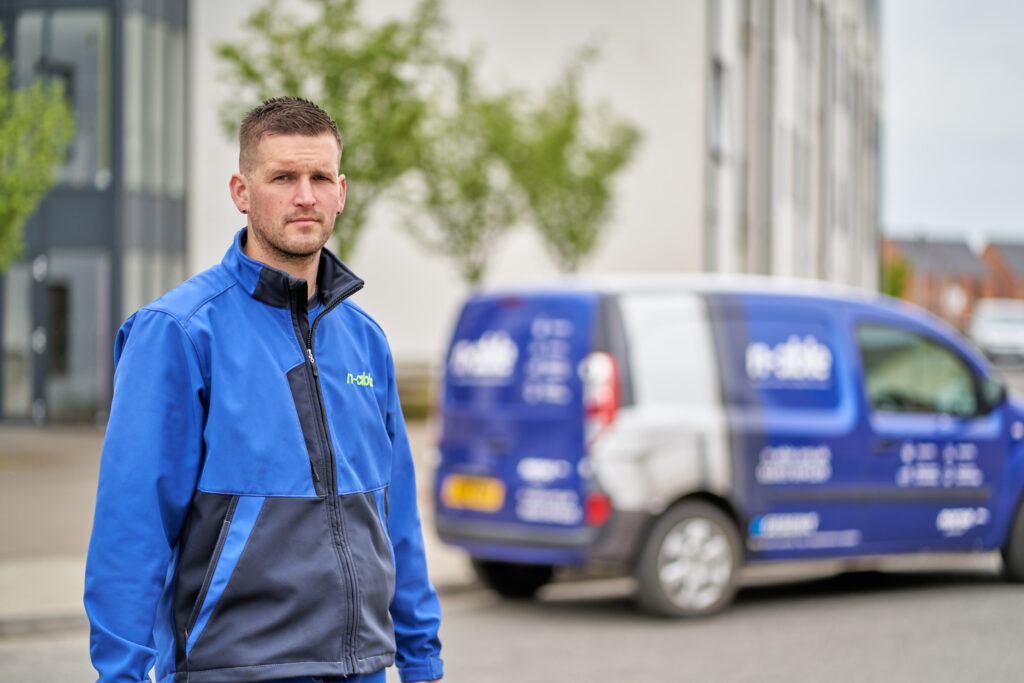
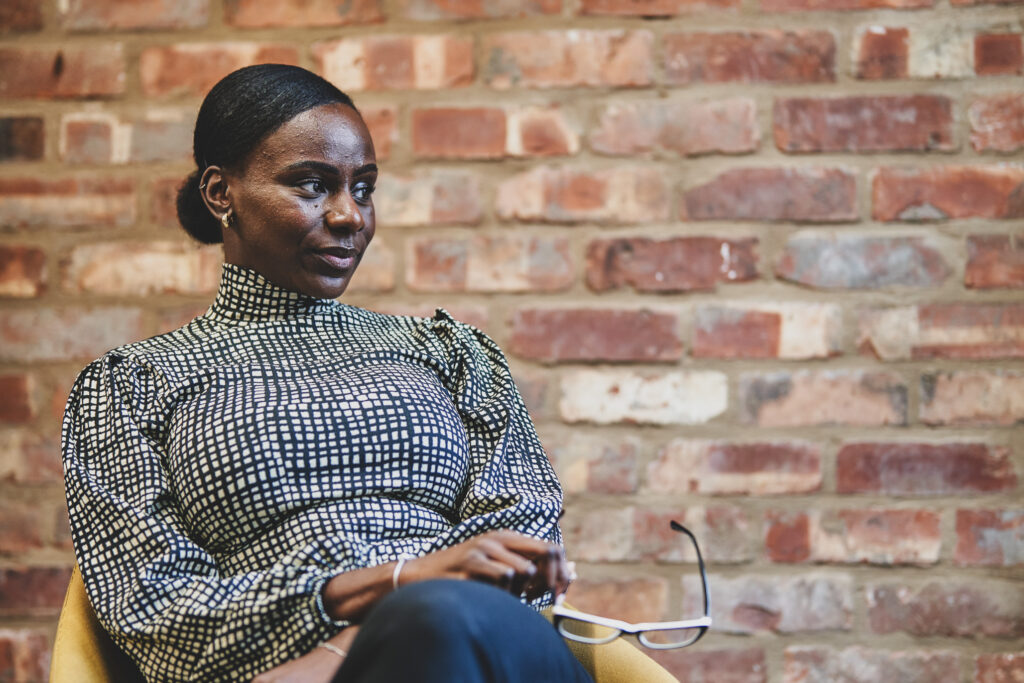
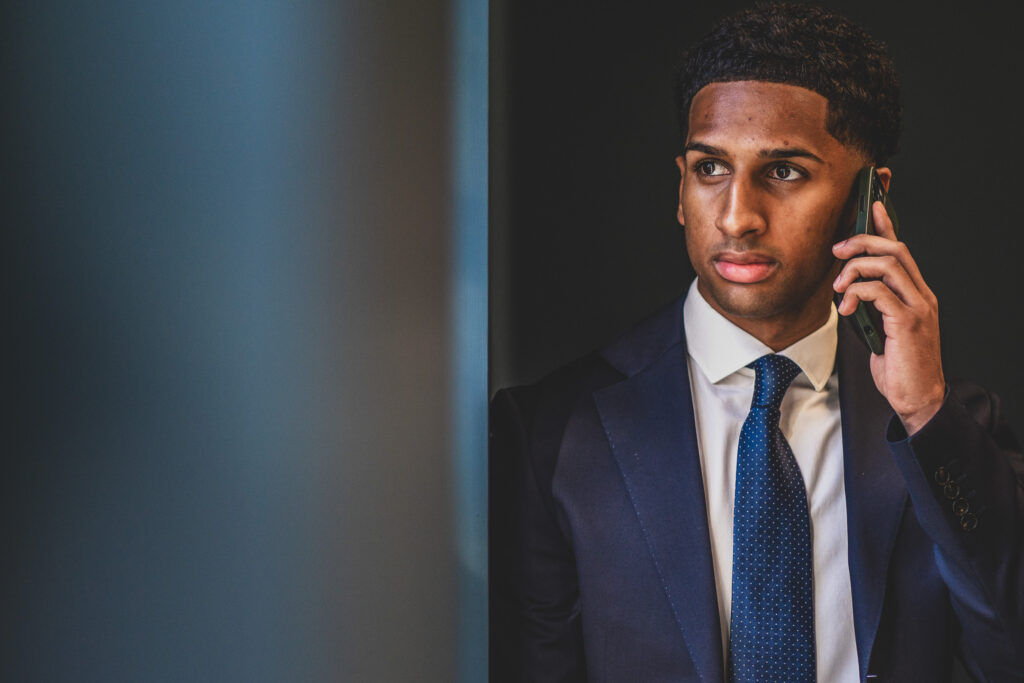
Environmental Portraits
Example: A chef in a restaurant kitchen, surrounded by cooking equipment and ingredients.
Purpose: Showcases the subject in their work environment, highlighting their profession and personality.
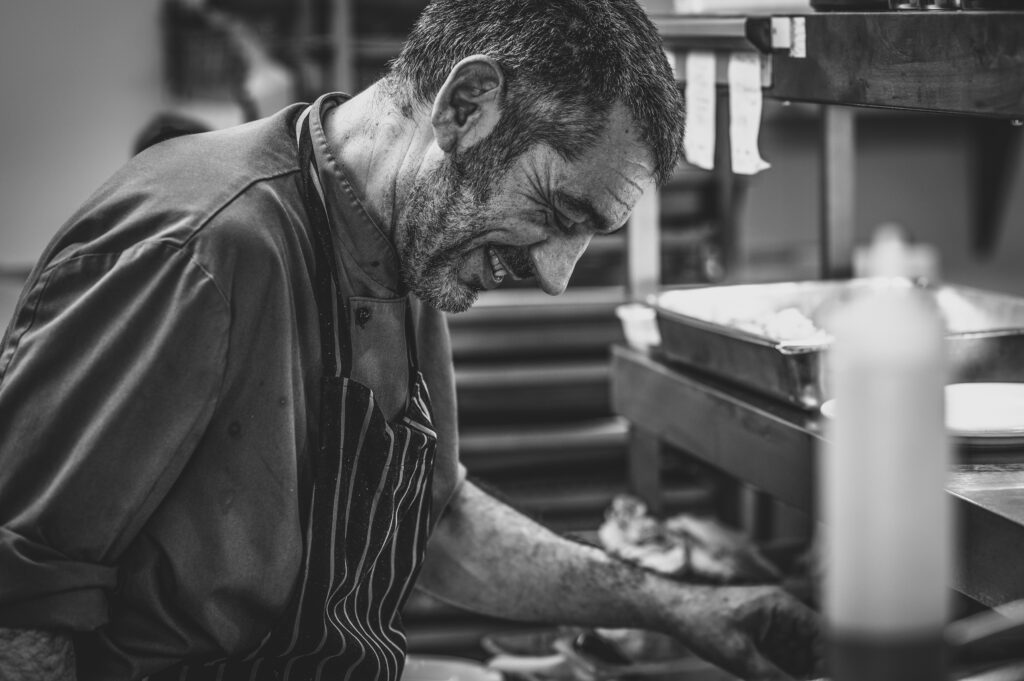
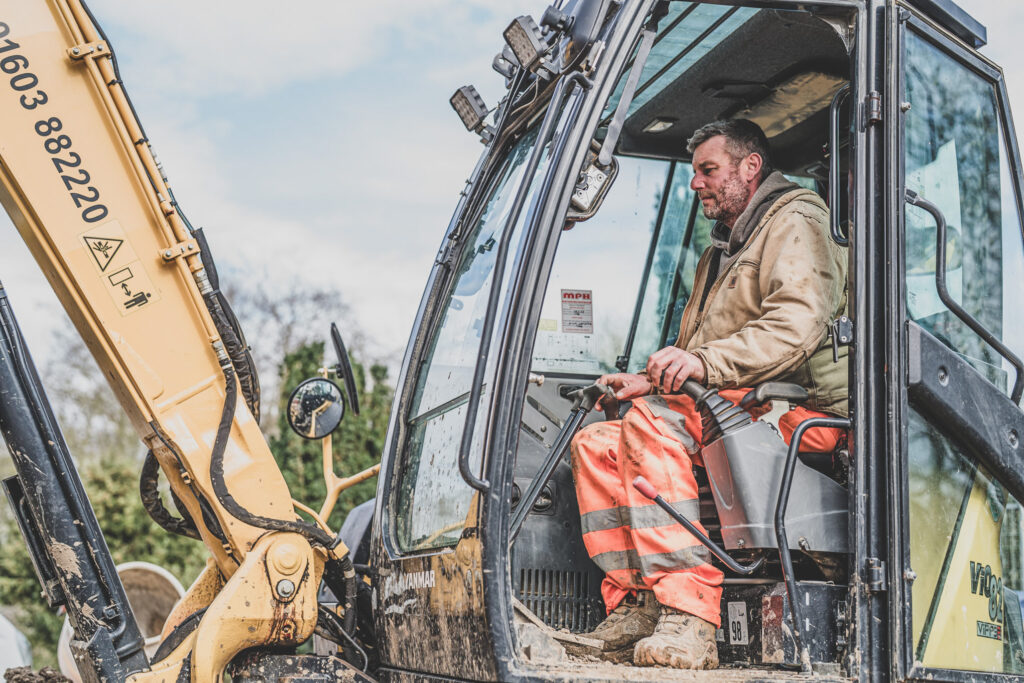
Headshots:
Example: Professional headshots of executives or employees, typically used on company websites or LinkedIn profiles.
Purpose: Provides a clear, professional image of the individual for business purposes.
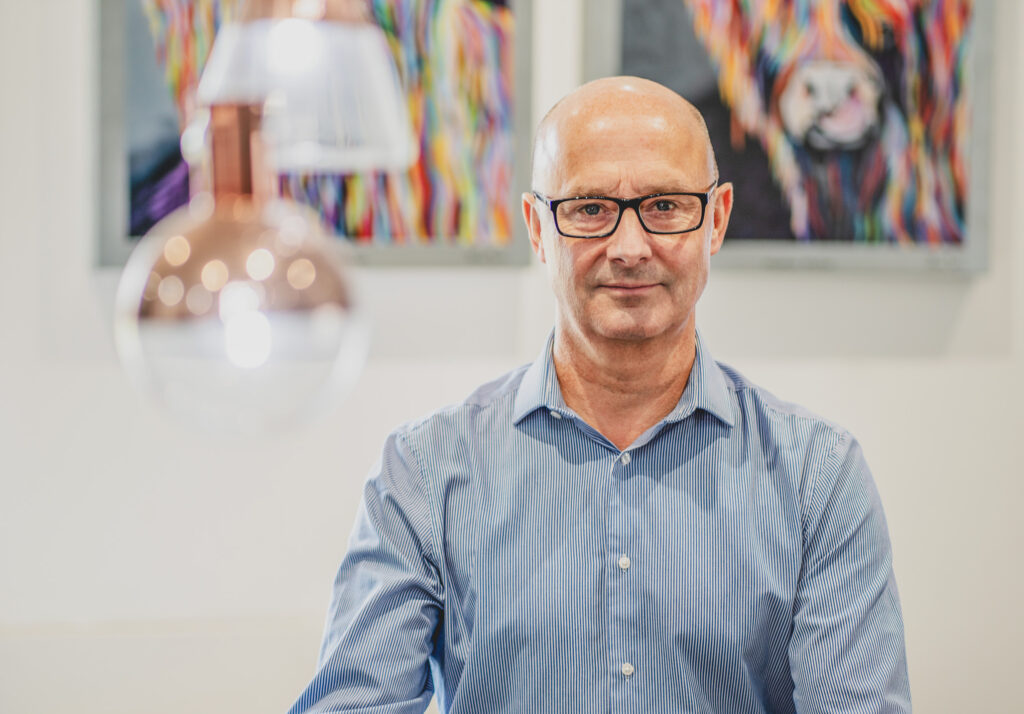

Purpose: Captures a more informal and approachable side of the business, fostering a sense of authenticity and camaraderie.
Studio Portraits:
Example: Formal portraits taken in a controlled studio setting, often with professional lighting and backgrounds.
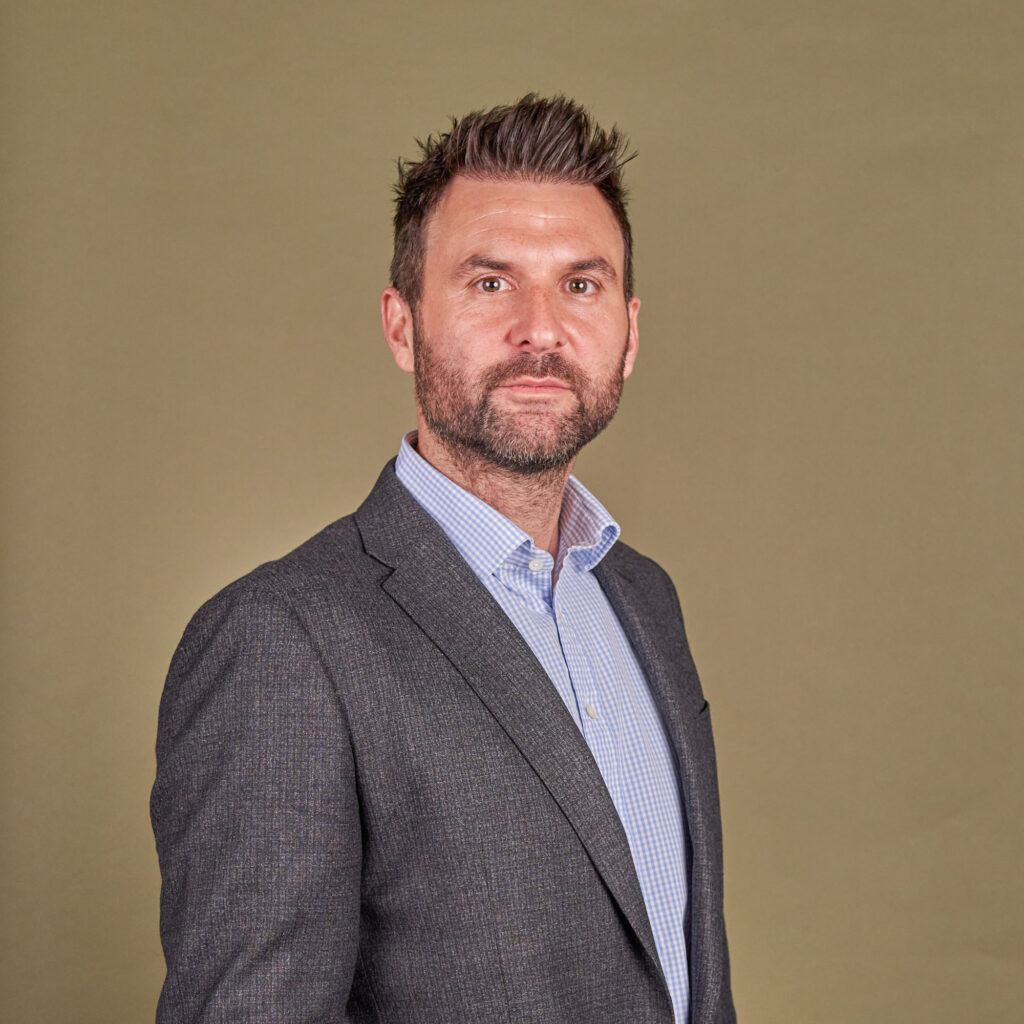
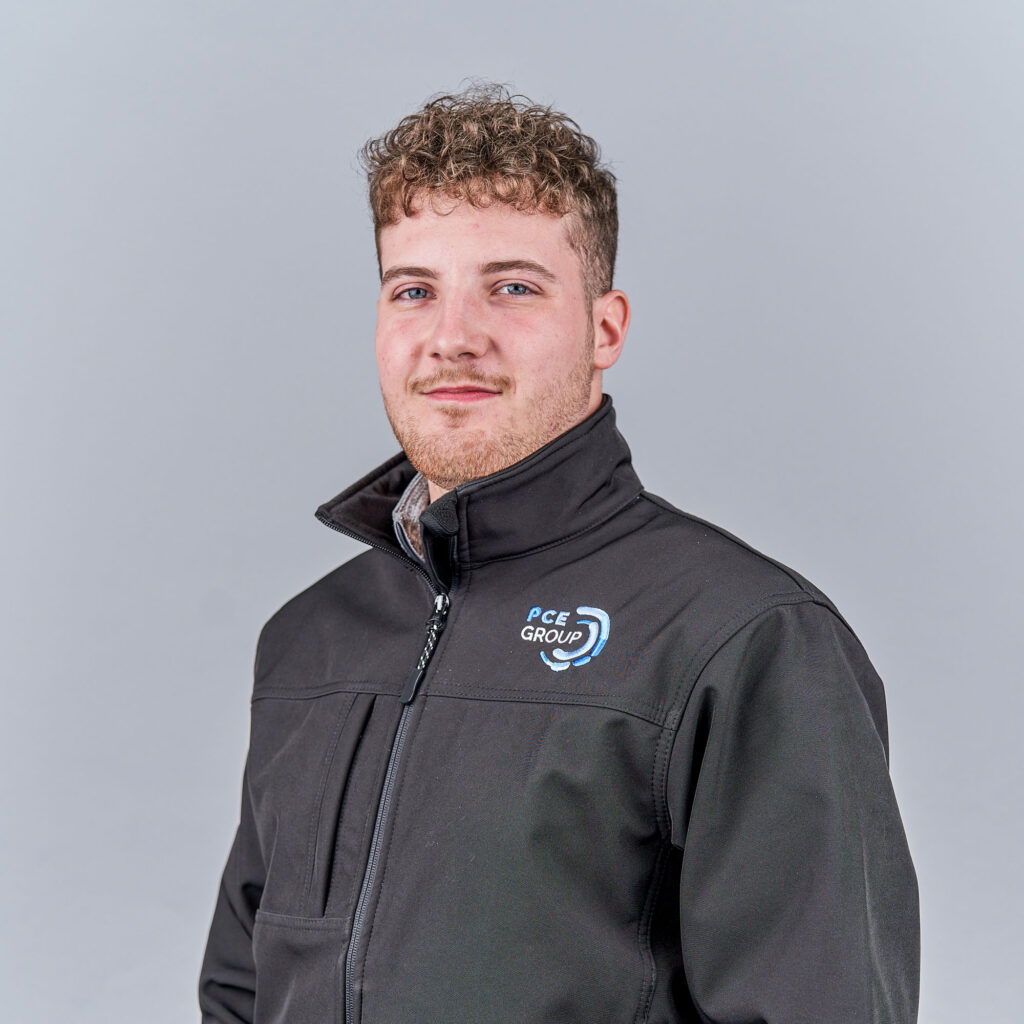
Purpose: Offers a polished and professional look, suitable for high-quality marketing materials and publications.
Candid Portraits:
Example: Photos of employees at a company event, interacting naturally without posing.
Purpose: Captures genuine moments and emotions, giving a more relatable and human touch to the business image.
Group Portraits:
Example: A photo of the entire team or specific departments together, either in the office or at a special location.
Purpose: Highlights teamwork and unity, often used in company profiles and internal communications.
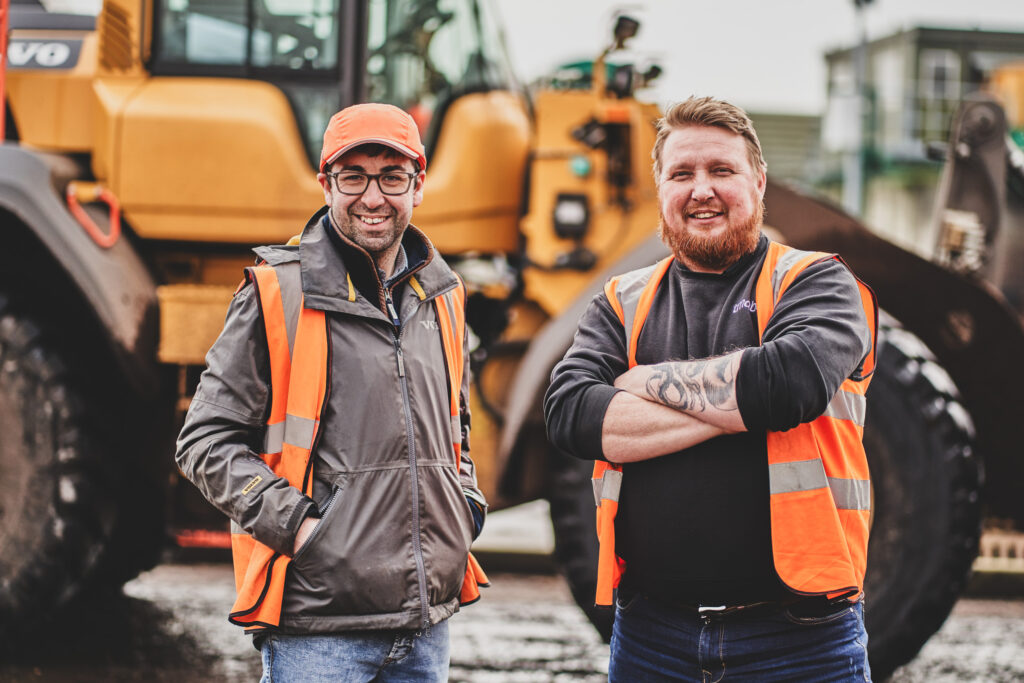
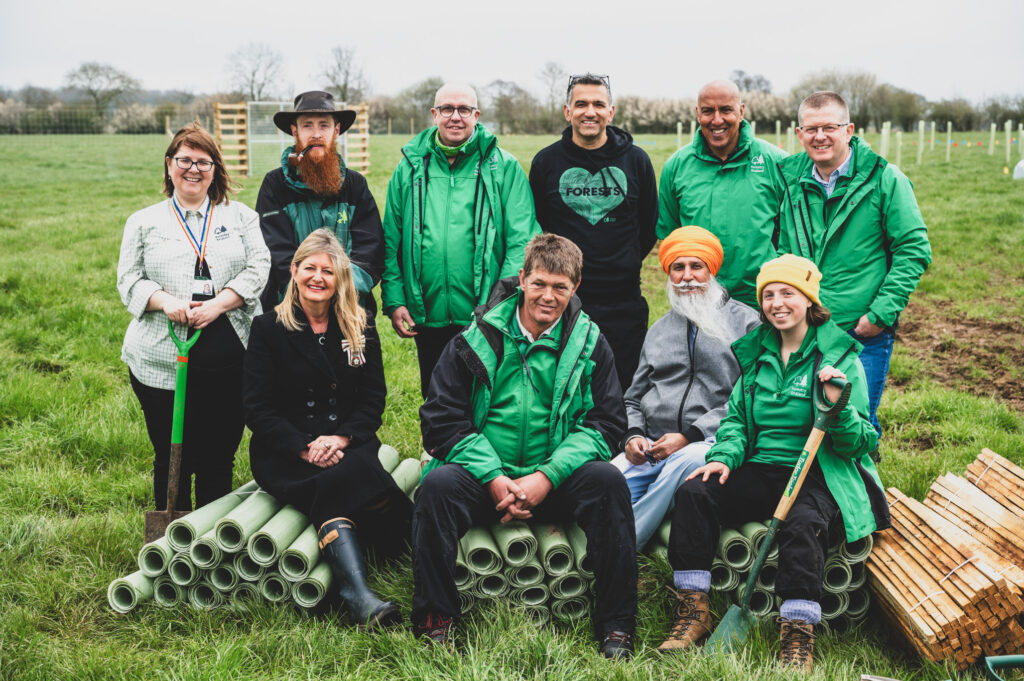
Lifestyle Portraits:
Example: Images of employees engaging in activities related to the business, such as a fitness instructor leading a class or a real estate agent showing a house.
Purpose: Demonstrates the business in action, providing context to the services offered.

Corporate Event Portraits:
Example: Photos of speakers, attendees, and activities at a company conference or seminar.
Purpose: Documents significant business events, useful for promotional purposes and internal record
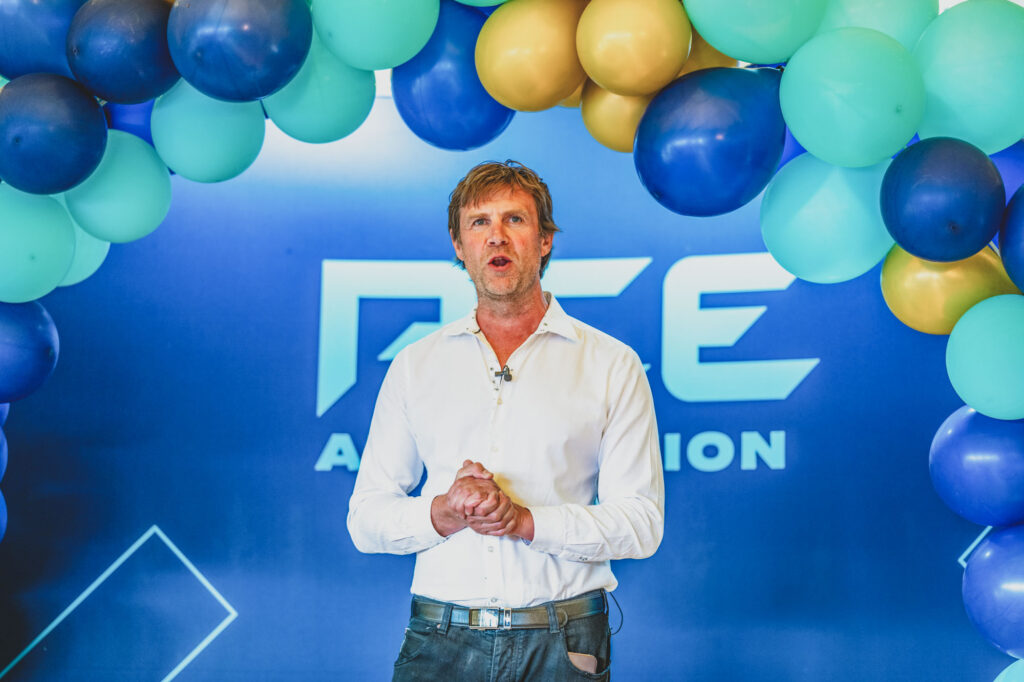
These varied portrait styles help businesses present their people and culture in ways that resonate with their target audiences, contributing to a well-rounded and engaging brand image.
Tips for Successful Commercial Photography
Understanding and Planning for Your Client’s Needs
First, it’s essential to understand your client’s needs. Talk about the budget, deadlines, and specific shots required.
Also, discuss if any special props or locations are needed for the shoot. It’s crucial to know how and where the images will be used to ensure they meet the client’s expectations.
Plan the mood and layout of the shoot to align with the client’s vision, making sure everything is set to create the desired atmosphere.
Ensuring Professional Execution
Before starting, double-check your quote to ensure all costs are covered and communicate any additional expenses that may arise.
Plan for lighting based on the shoot location and time of day, and bring extra lighting equipment if necessary.
Invest in good editing software to enhance your images and make them stand out.
Finally, build a professional network with other photographers and industry professionals to gain referrals and access to resources like studios.
By carefully planning and maintaining professional relationships, you can ensure successful and satisfying photo shoots.
Conclusion
By understanding your client’s needs, planning meticulously, and investing in the right tools and relationships, you can deliver high-quality, professional images that meet and exceed expectations.
This approach not only ensures a smooth and successful photo shoot but also helps in building a reputable and reliable photography business.
We’d love to hear about your visions and help turn them into stunning commercial photography that can be used across all your business platforms.
Why not speak with us in person on M: 07871 364041 or email studio@blanc-creative.com

